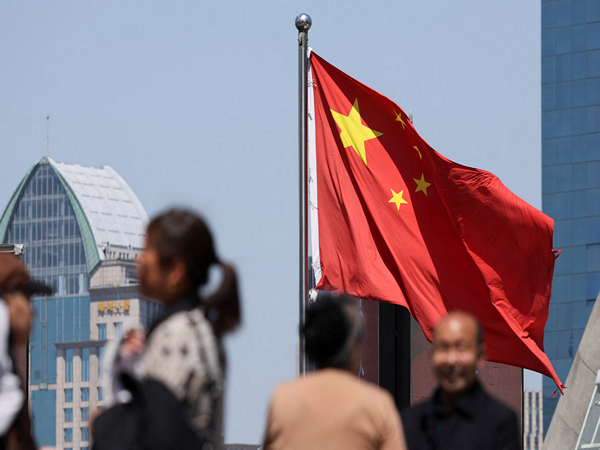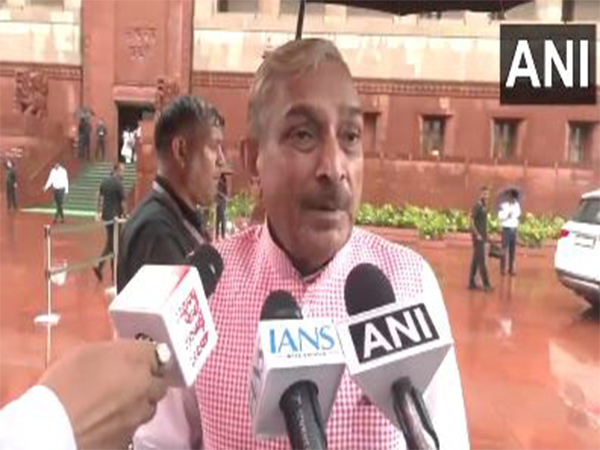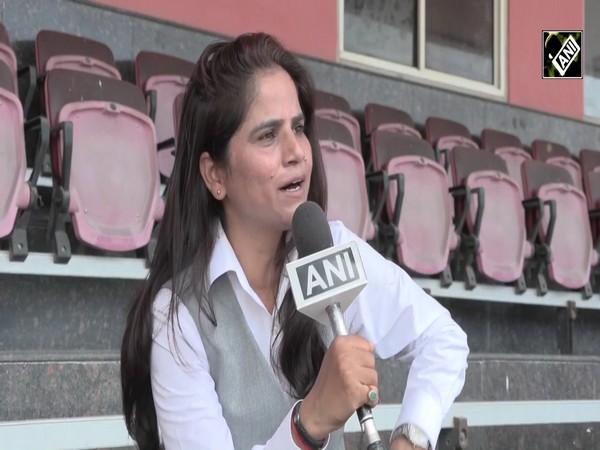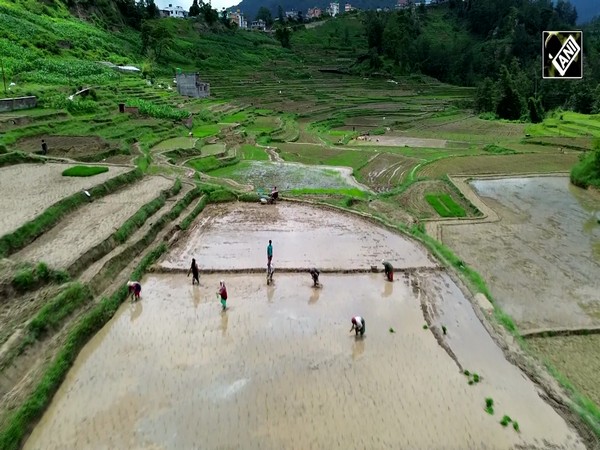China wants to use water as weapon: Expert on Beijing planning super dam in Tibet near Indian border
Apr 15, 2021

Tibet, April 15 : An expert has expressed concern over China's plans to build a super dam on the lower reaches of the Yarlung Zanngbor river near the Line of Actual Control (LAC), saying Beijing wants to control water and use it as a weapon against India.
Originating in the Tibet Autonomous Region, the Yarlung Zangbo river flows into Arunachal Pradesh in India where it is called "Siang "and then to Assam state as "Brahmaputra" before flowing into Bangladesh. China's plans for a super dam on the river will have a far-reaching impact on northeast India's water security.
The super dam's hydroelectric power capacity is projected to be three times that of central China's Three Gorges Dam, the world's largest power station in terms of installed capacity since 2012, Sputnik reported.
The super dam plan was put forth during proposals for the country's 14th Five Year Plan (2021-25), while its long term goals through to 2035 were made by the ruling Chinese Communist Party's (CCP) Central Committee. The dam could reportedly provide 300 billion kWh of clean, renewable, and zero-carbon electricity, annually.
"China has a strategic advantage over India in terms of international transboundary rivers," Ritesh Arya, a noted hydrogeologist who has worked extensively in Ladakh, told Sputnik.
"By constructing dams they say they are using this water to produce electricity and irrigate land. But actually China wants to control water and use it as a weapon," Arya added.
Geo warfare tactics using controlled water as a weapon by China can really be a threat to Indian strategic positions in near future, Arya said.
"Tibet heads the water region with several rivers flowing down its plateaus to different countries downstream. With China controlling Tibet, the intention of using hydropower projects as a weapon against India cannot be ruled out," said Arya.
"This threat needs to be taken seriously by Indian authorities. It needs to be raised at appropriate platforms so that China can be kept on check in advance," he added.
India and China have a water data-sharing agreement.
In 2017, Beijing stopped sharing data soon after the 73-day long standoff between India and Chinese troops at Doklam near the Sikkim border, which was caused by the Chinese military's plans to build a road close to India's Chicken Neck corridor connecting the northeastern states.
A report by the Lowy Institute, an independent, nonpartisan international policy think tank located in Sydney, in July last year, titled "India-China relations and the geopolitics of water," said: "China has claimed express ownership over Tibet's waters, making it an upstream controller of seven of South Asia's mightiest rivers - the Indus, Ganges, Brahmaputra, Irrawaddy, Salween, Yangtze and Mekong."
"These rivers flow into Pakistan, India, Bangladesh, Myanmar, Laos and Vietnam, and form the largest river run-off from any single location," it added.
"It is estimated that 718 billion cubic meters of surface water flow out of the Tibetan plateau and the Chinese-administered regions of Xinjiang and Inner Mongolia to neighbouring countries each year. Nearly half that water, 48 per cent, runs directly into India," said the report.
Tibetans also fear that China is trying to drown their culture. Tenzin Lekshay, deputy director at the Tibet Policy Institute, headquartered in the Indian town of Dharamshala in the state of Himachal Pradesh, told Sputnik, "Tibet is a very seismic zone and past experiences have shown that attempts to make dams in the past have triggered earthquakes, land slides in the region. There is a threat to our culture. China is trying to drown our culture and finish our very existence."


















